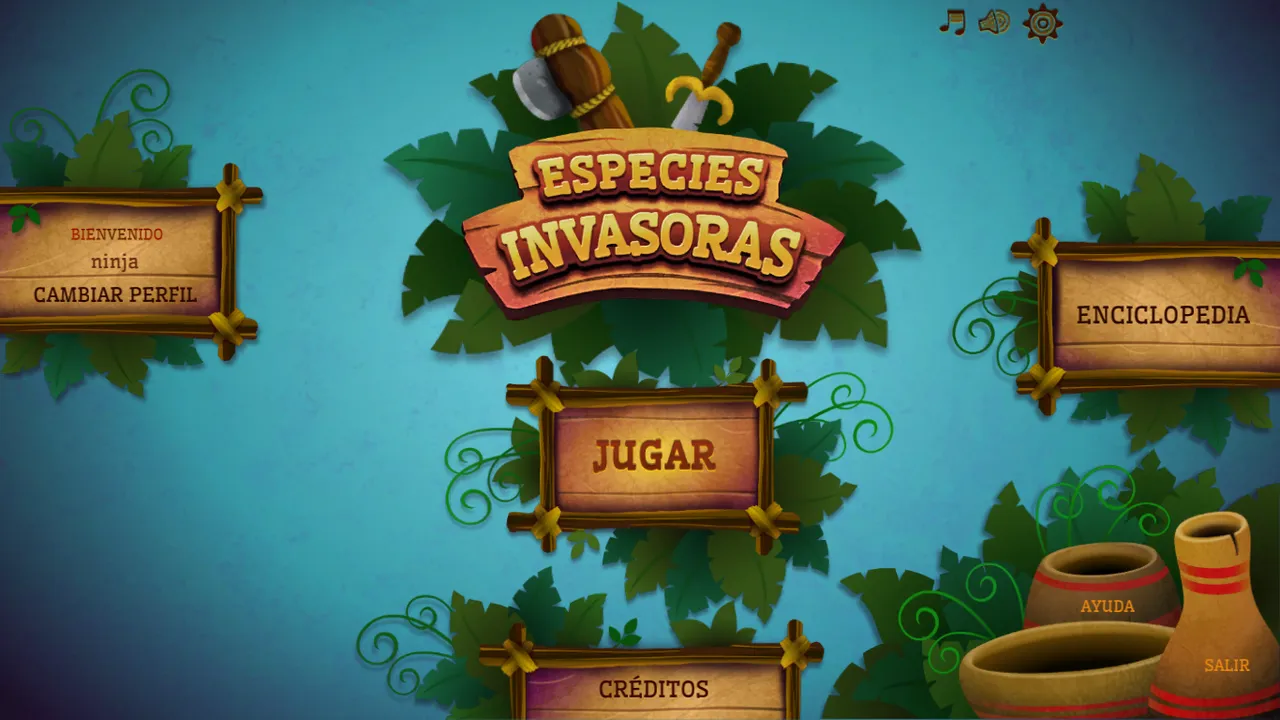
Hello, how are you? Today I want to share with you a game created in Cuba, set in the time of the arrival of the Spanish in Cuba. Since many of you already know the story, I'd like to show you this game today.
This game focuses primarily on the indigenous people, the protagonists, who represent the almiquíes (a type of animal endemic to Cuba). The Spanish are also divided into groups of other animal species. This game is about the recovery of territories ruled by the Spanish.
Look, I'd like to show you some images of this game; in the first one, we can see the images of the central map of what the game would be, which would be the map of Cuba.
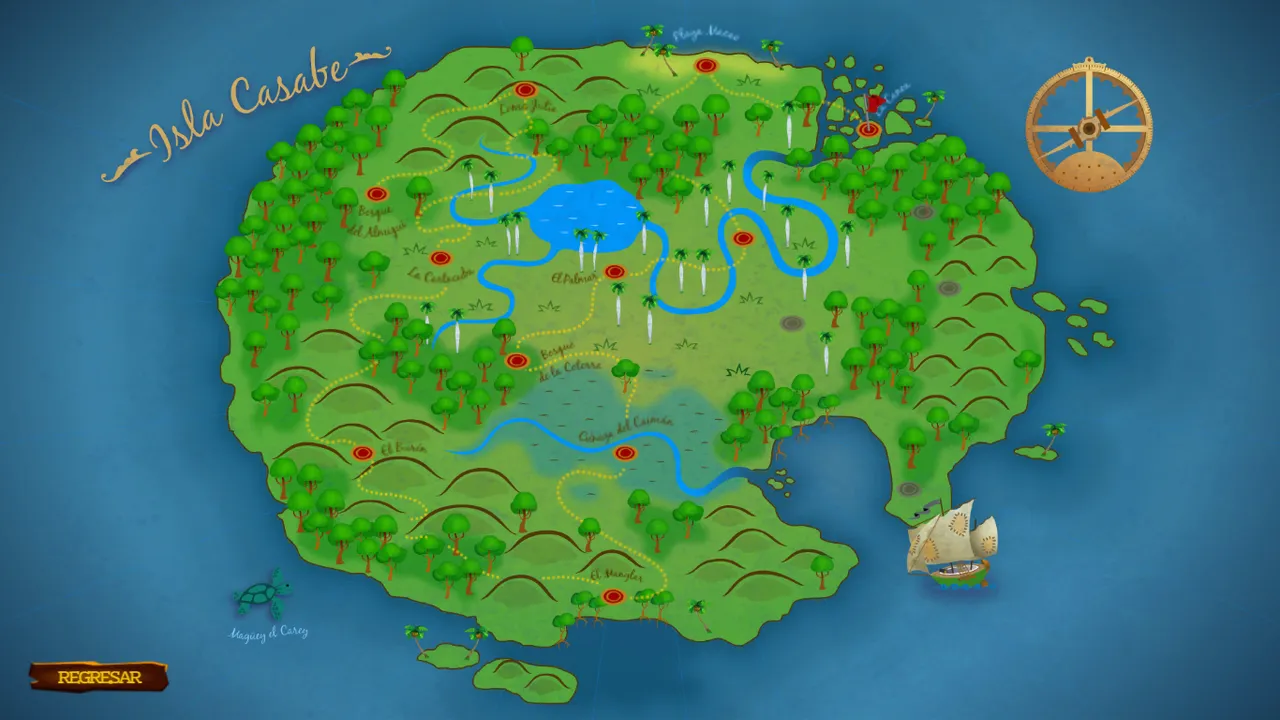
This is the main island and the only map in the game, but it's well-designed. Despite being a single map, it makes up for it with the missions, as the game adds a bit of difficulty, which is fun and makes us want to keep playing, letting us know it's not so easy after all.
Now I'd like to show you the photos of the encyclopedia. It's super interesting because it tells us interesting things about the animals of Cuba. These encyclopedia books, or badges, are only obtained by completing missions. Each mission gives us a different one, which tells us interesting facts about the animals and more.
This is the photo of the encyclopedia.
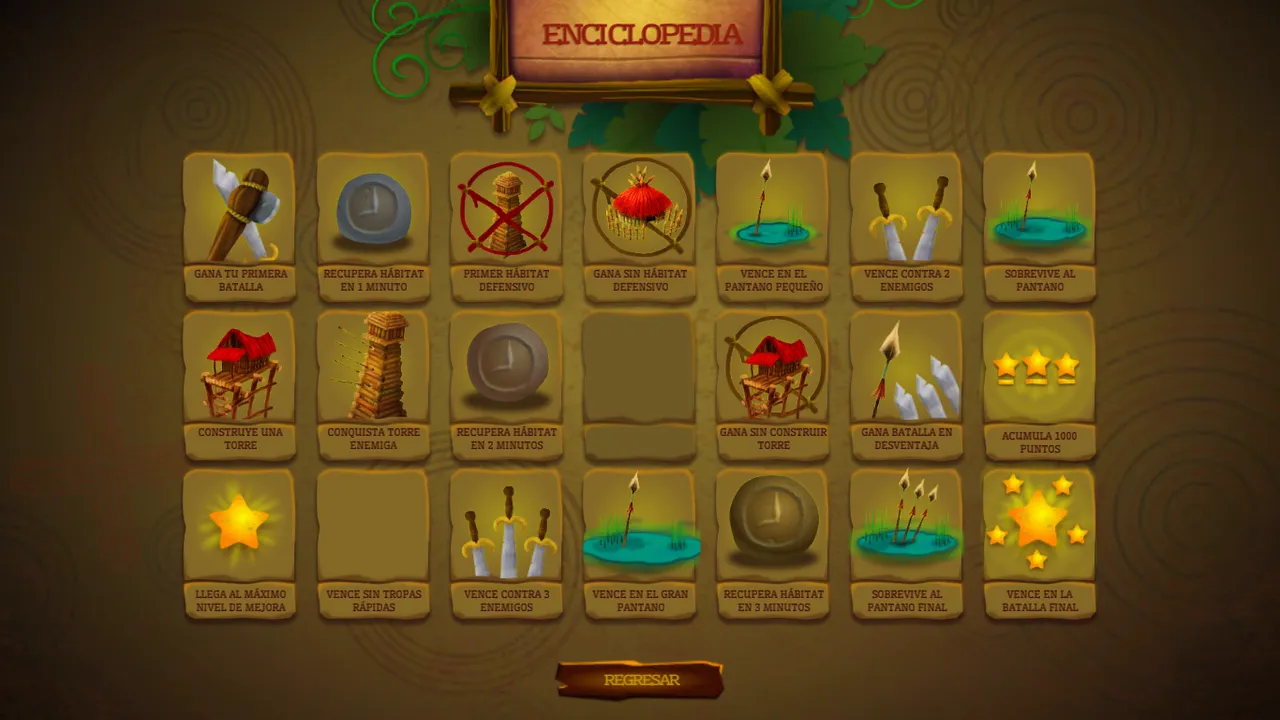
In this other photo you can see what I was telling you about curiosities, in this case the badge I show you is the one of winning the first battle and where it tells us that the life limit of the jibaro pig is only 22 years, now you understand what I meant is not just playing this game, it is a story and knowledge.
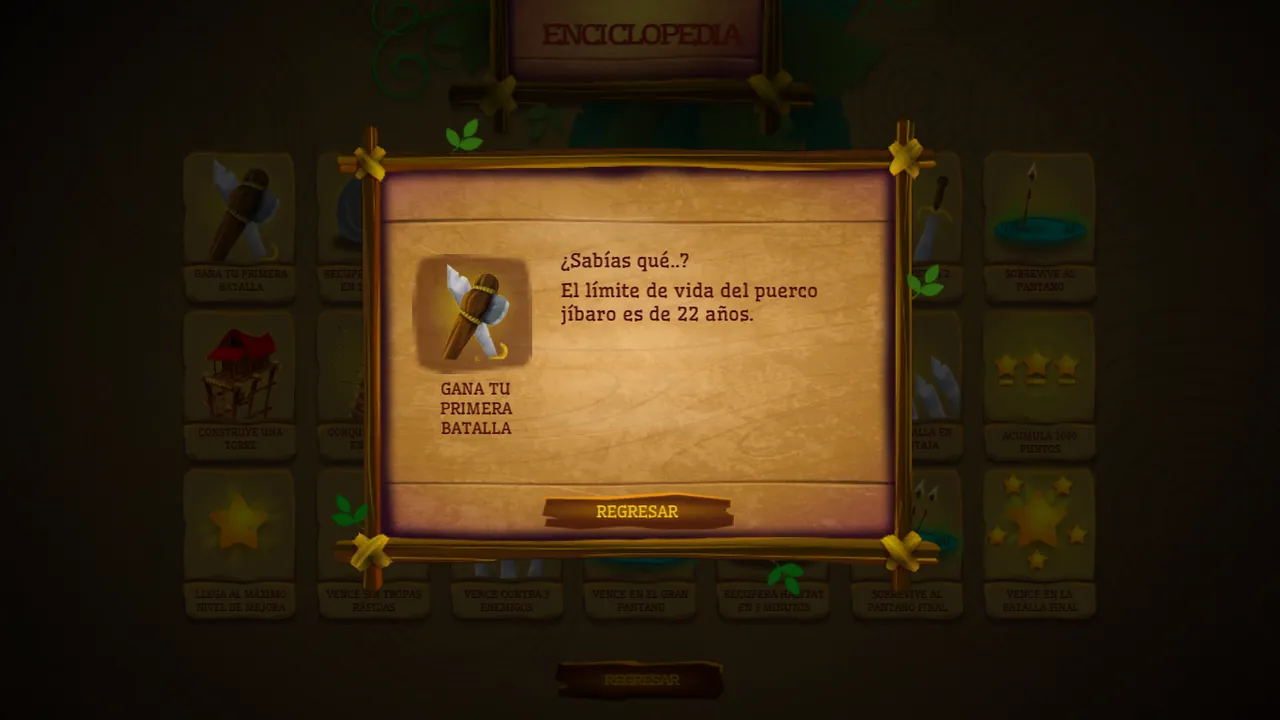
Now, I'd like to give you a brief description of this game, based on a game I played. I also explained the basic steps to play it, despite the difficulties it presents as we progress. The first missions are easy, and to teach you and give you an example, I decided to play the first mission as I described earlier, offering a simpler and more understandable explanation.
Thus, we begin this adventure through Cuban lands, learning the history of this incredible game, which we will play next.
As you can see, the game consists of capturing cabins until you have all the land in these habitats. The photos already include a brief description of the game in Spanish, where we will learn how to play.

In the second photo we are given another brief explanation of what we must do and a description of each hut the neutral one, the one of the almiquíes (Indians) and the one on the other side.
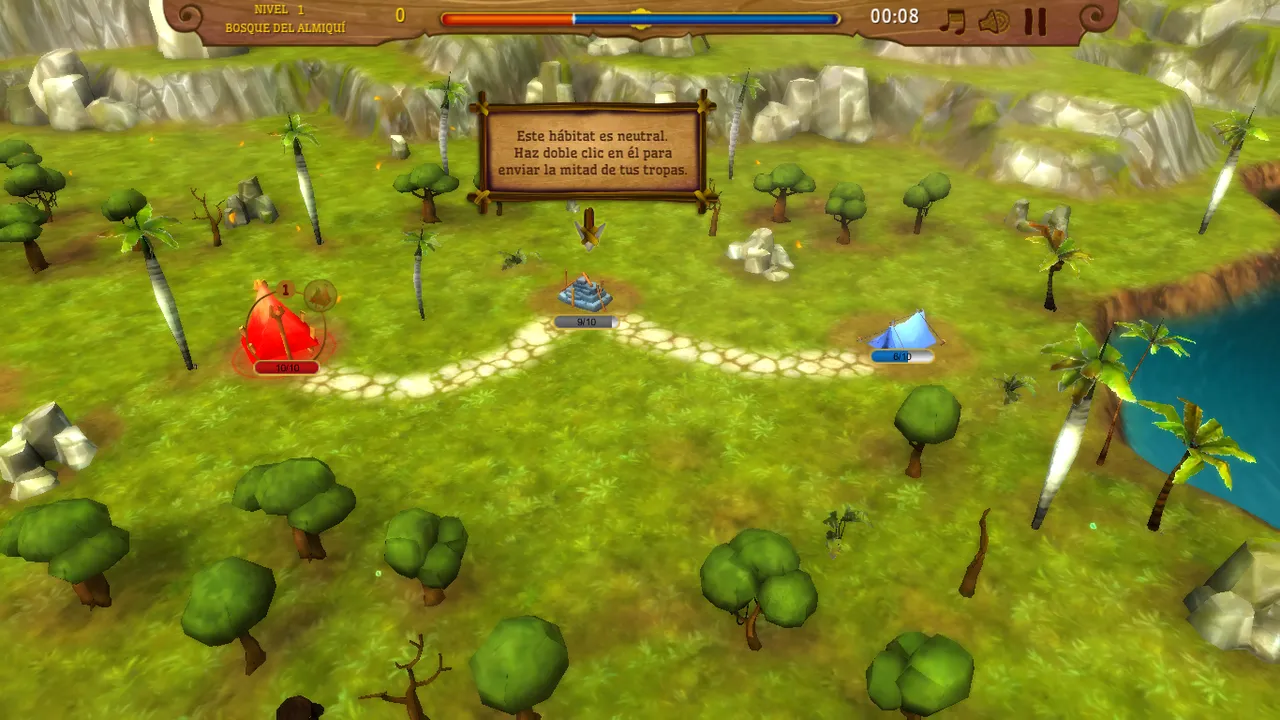
After knowing this, all that's left is to put everything into practice, just like I did. I followed every piece of advice they told me in the game and managed to capture the neutral habitat before the enemies.
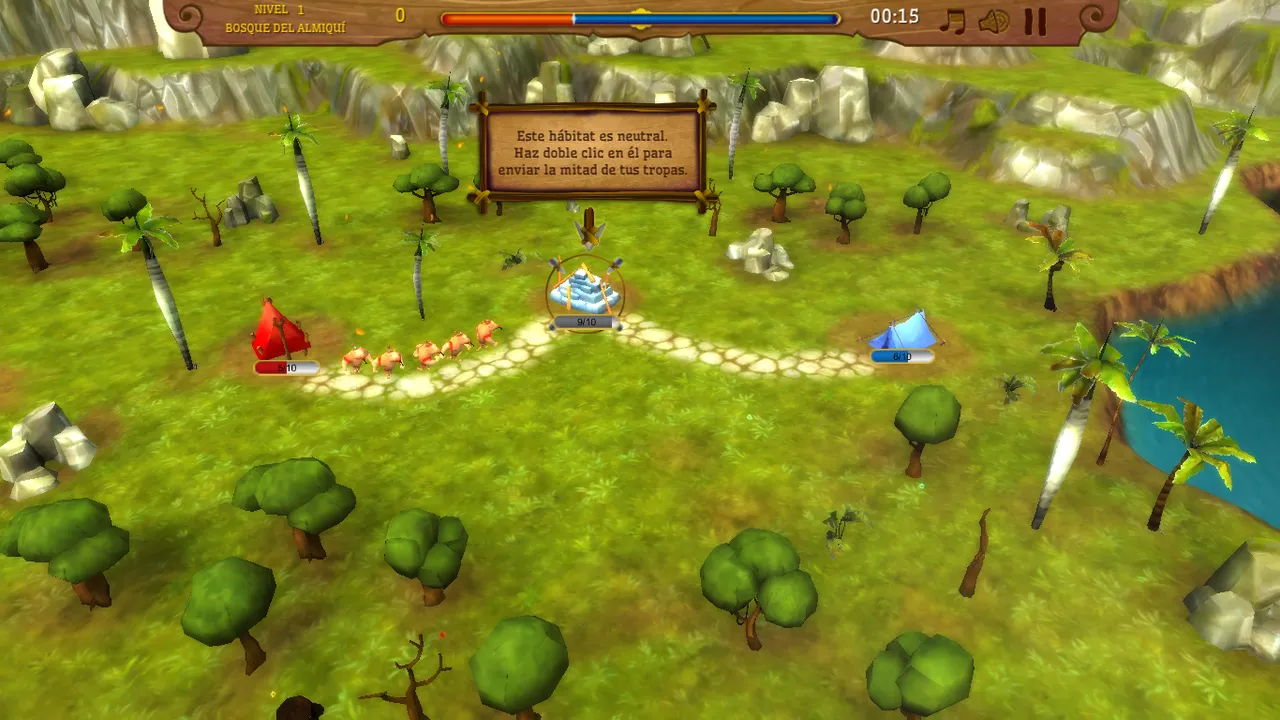
As soon as I managed to capture the new habitat, the enemy wanted to take it away from me, but I was already prepared for that moment since I knew this was going to happen, typical of this type of games.

After deciding to upgrade your first base, i.e., your first habitat, so that five more can now live there, this is also a tip the game recommends so you can do it better and win quickly.
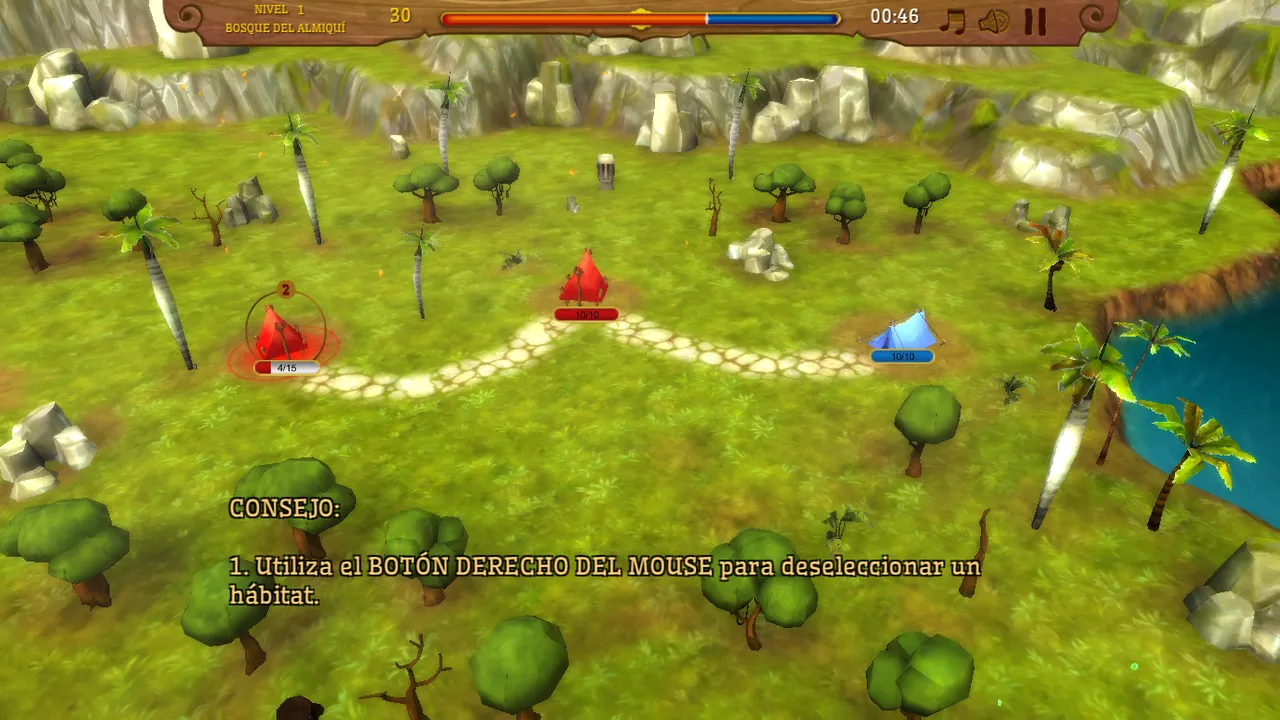
With this I decided to capture the enemy camp but it seems they were already prepared for that and took my second habitat but luckily I managed to weaken theirs and capture it and since the habitat they had taken from me was weakened I took advantage and captured it immediately.
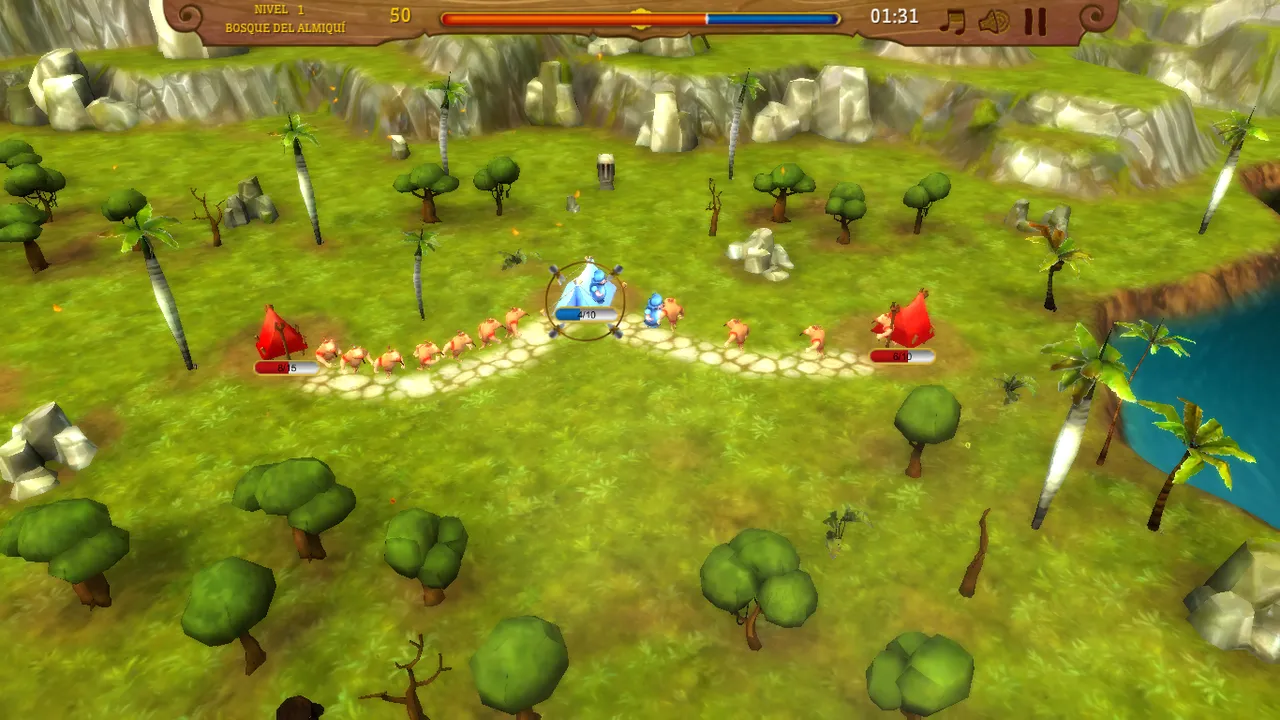
And I finally got it. You see, it's a pretty simple game, but it's a great way to pass the time.
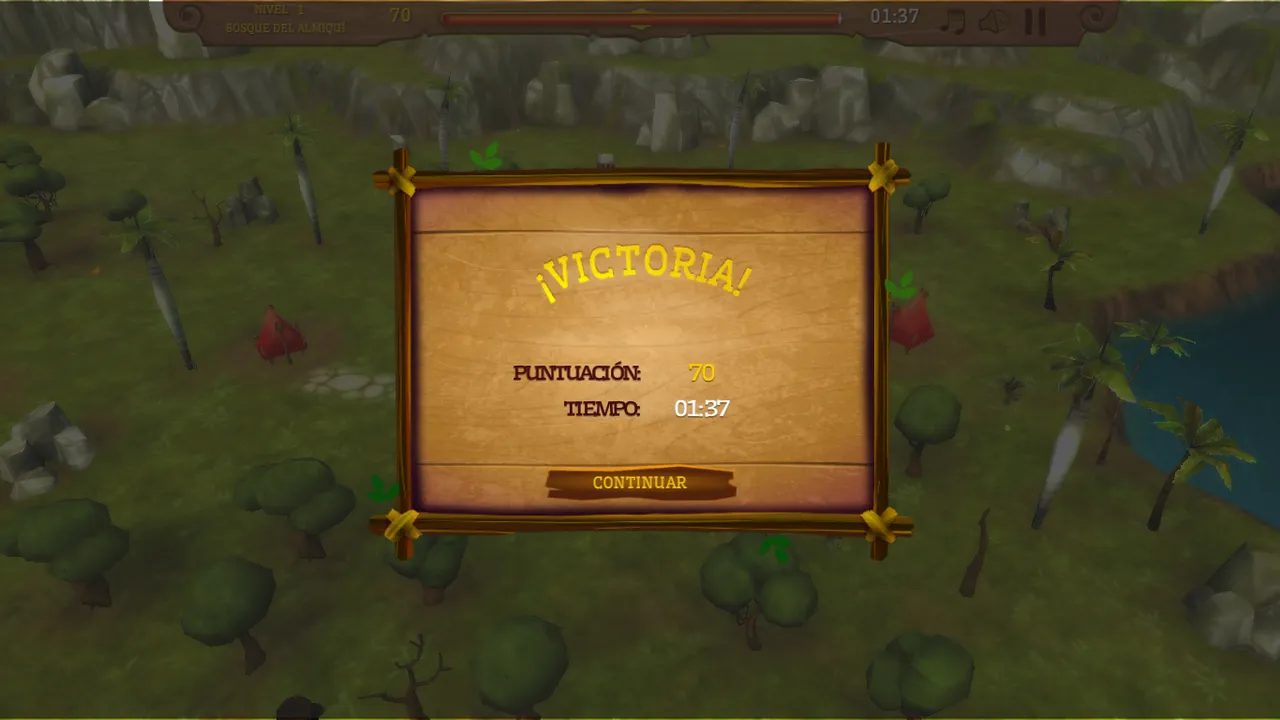
Friends, this is a game that tells a story and is very well done. It's not bad. Its graphics are acceptable, but what I liked most were the sounds and atmosphere, as it simulates the sounds of indigenous people and much more. But friends, I've always enjoyed writing and taking my time, so I wish you a good experience reading my posts and that you feel comfortable reading this one.
Well, friends, with this I conclude today's post. I hope you enjoyed this little story and this game with so much history. When I sit down to play it, I always remember that it was made in Cuba because its atmosphere and characteristics are from there. And, of course, as a Cuban, I've played it since I was little, which is why I know it so well. As always, this post has been translated from Spanish to English using Google Translate. Thank you for your support.